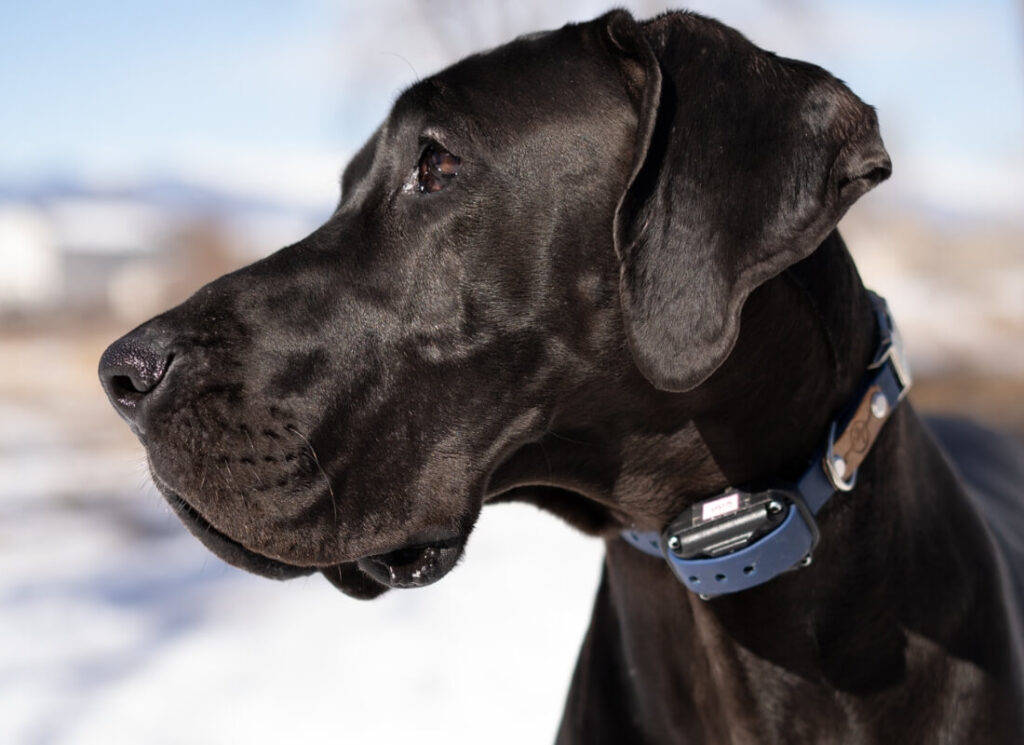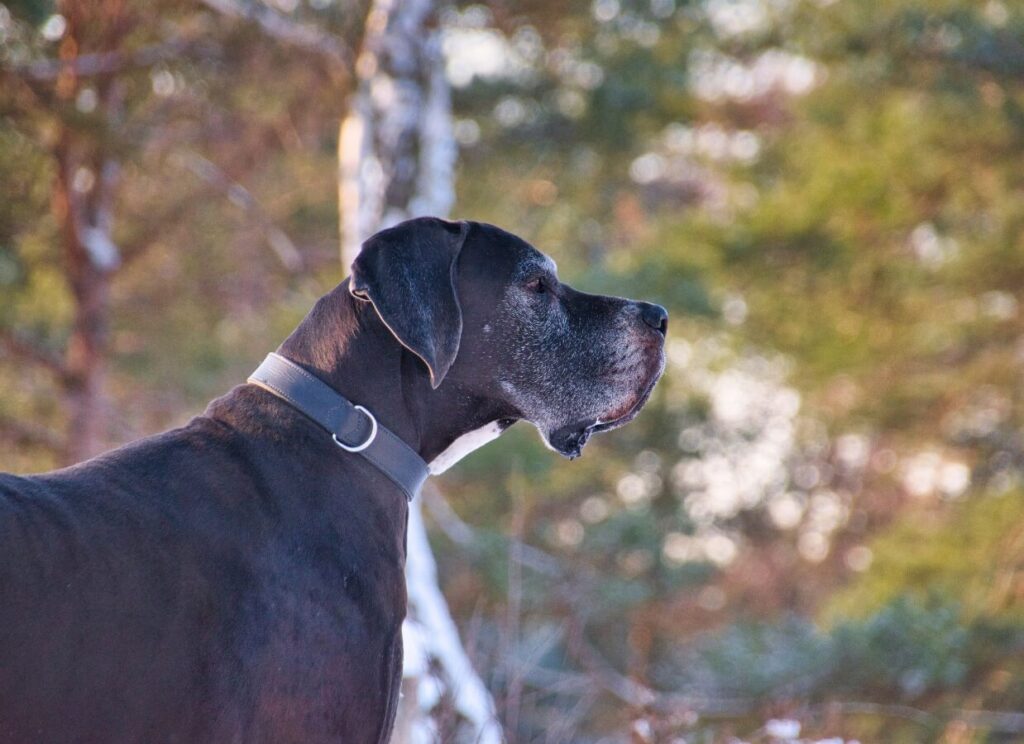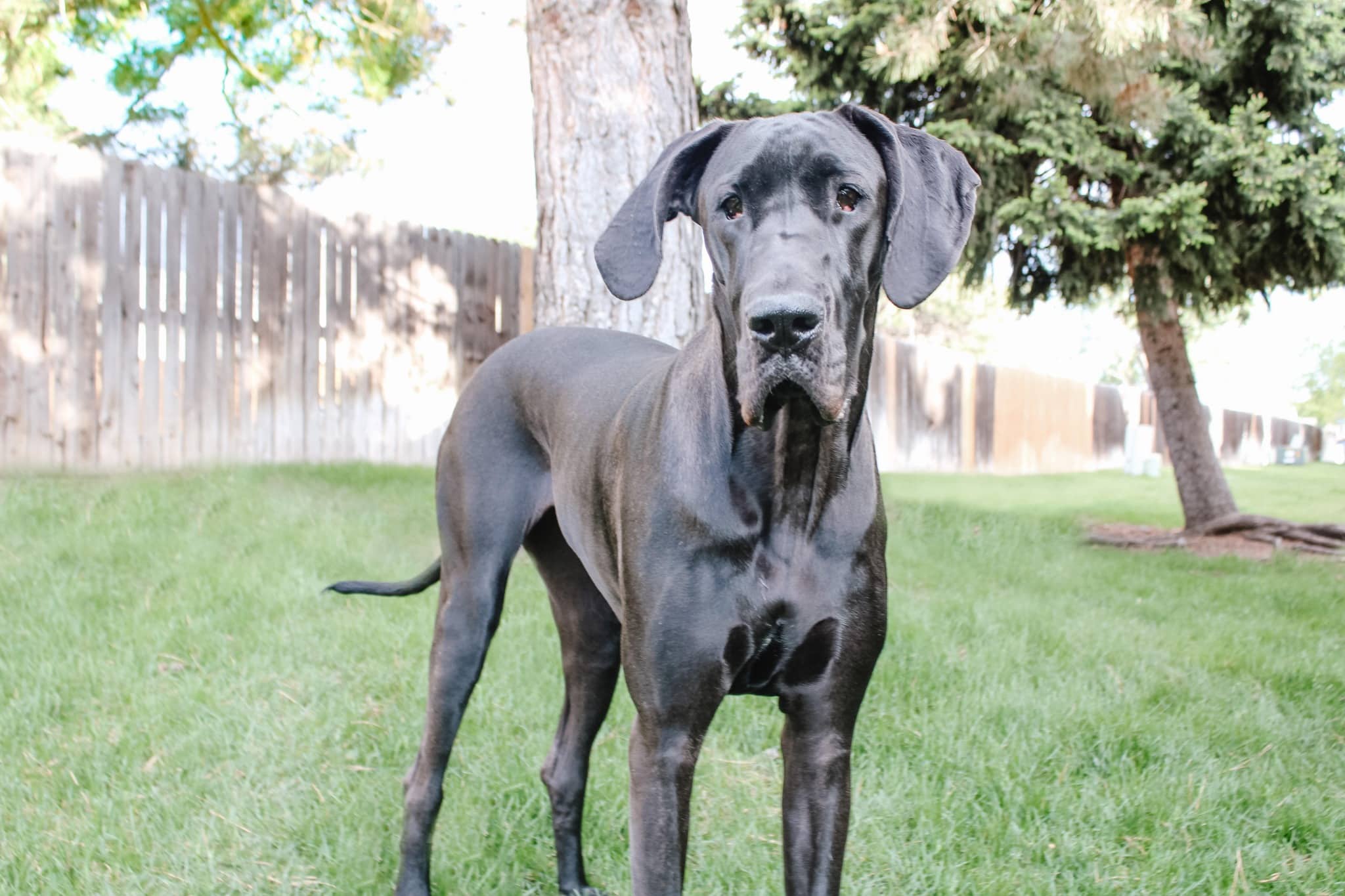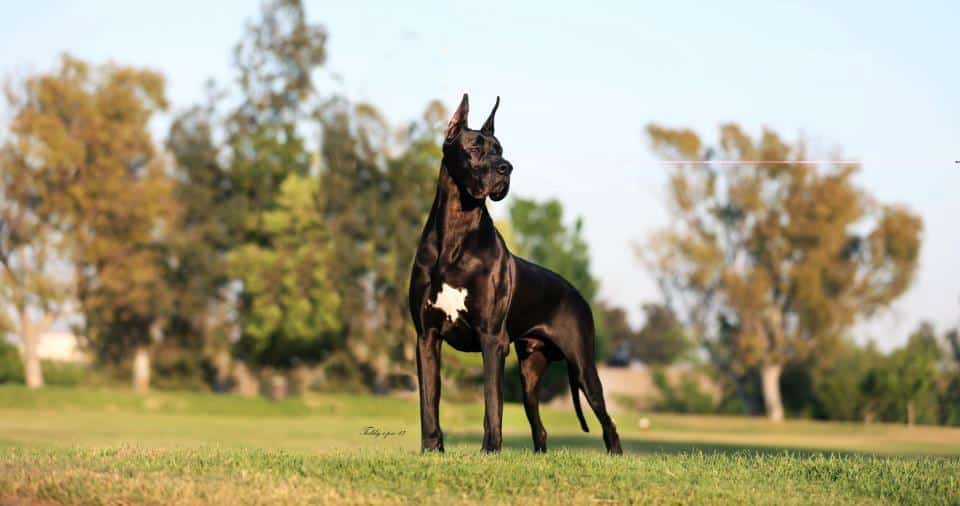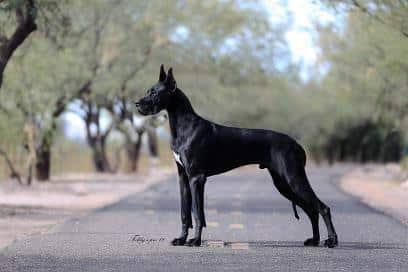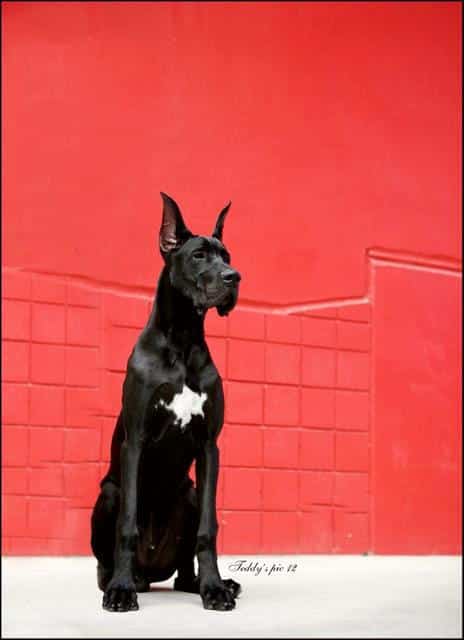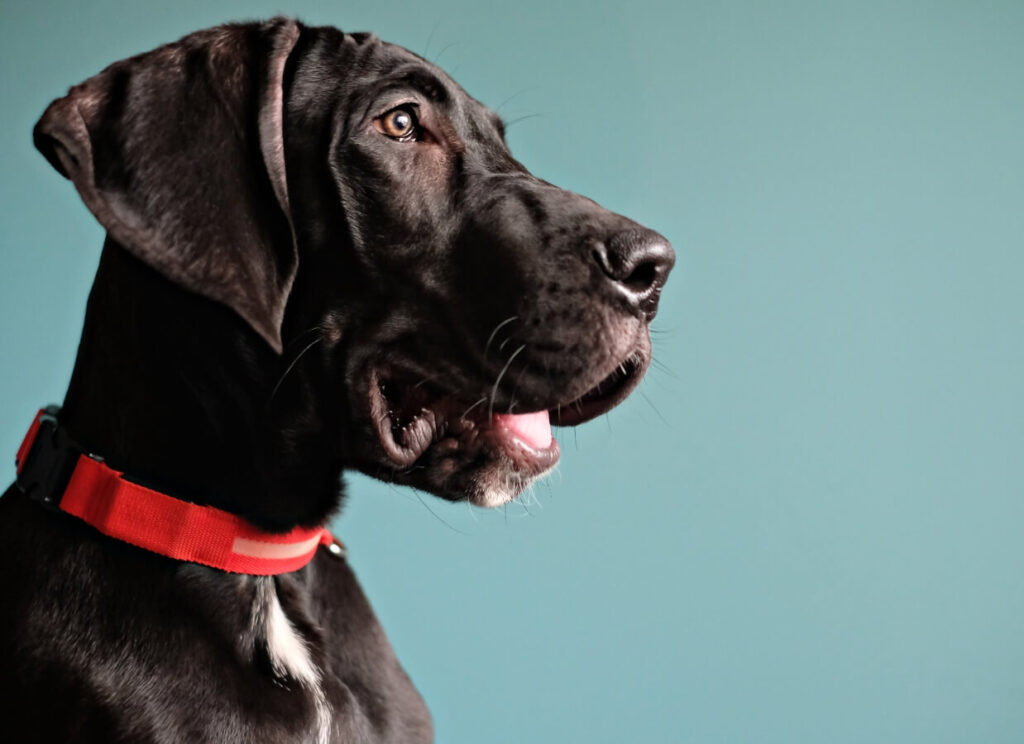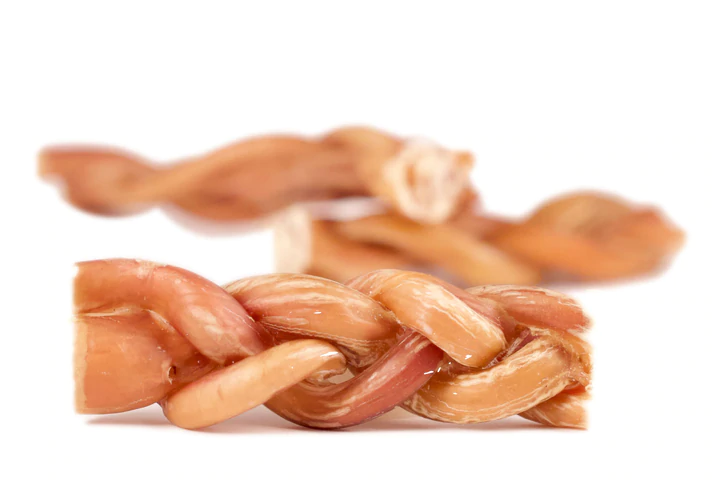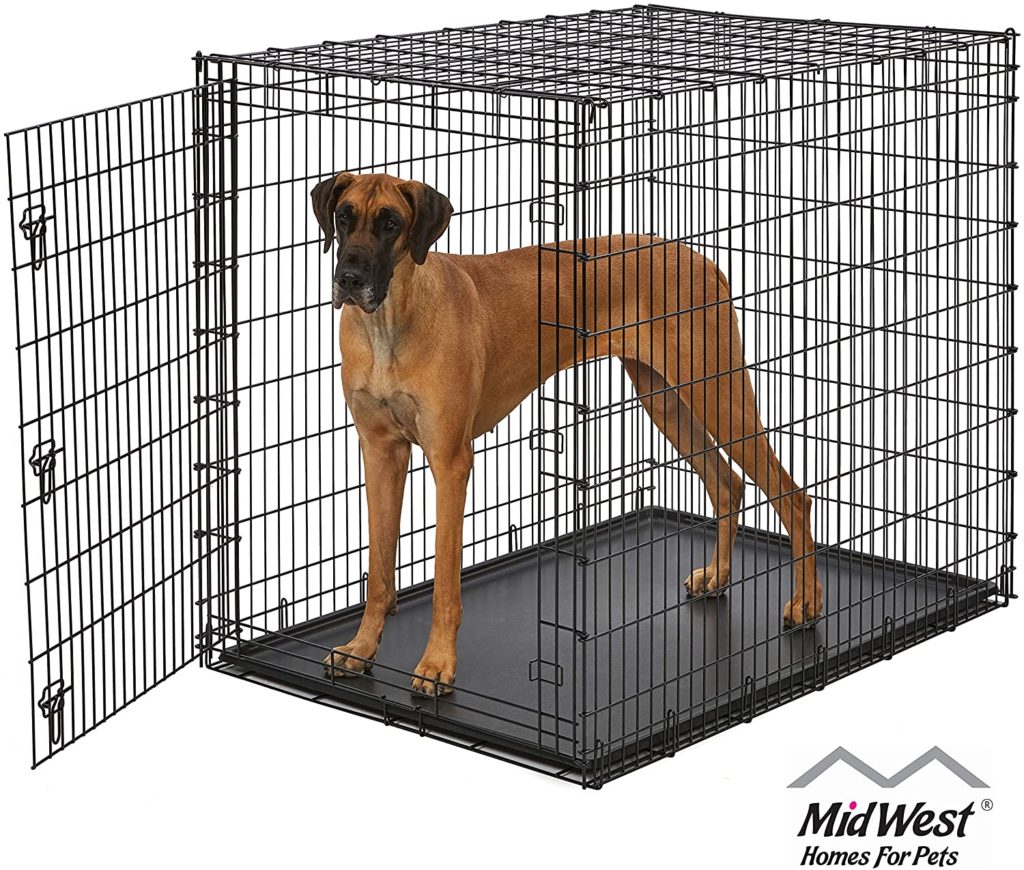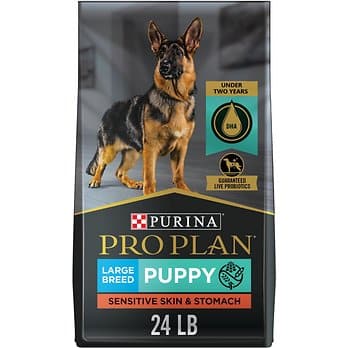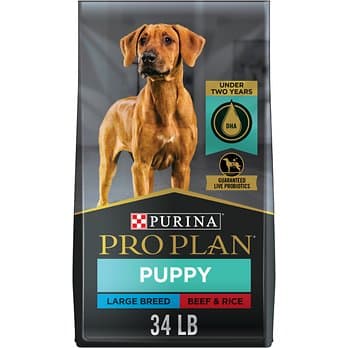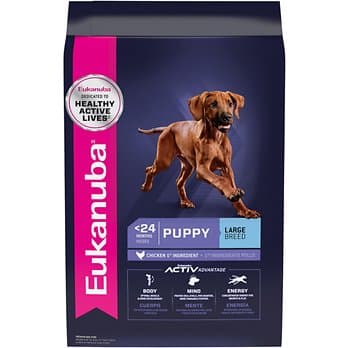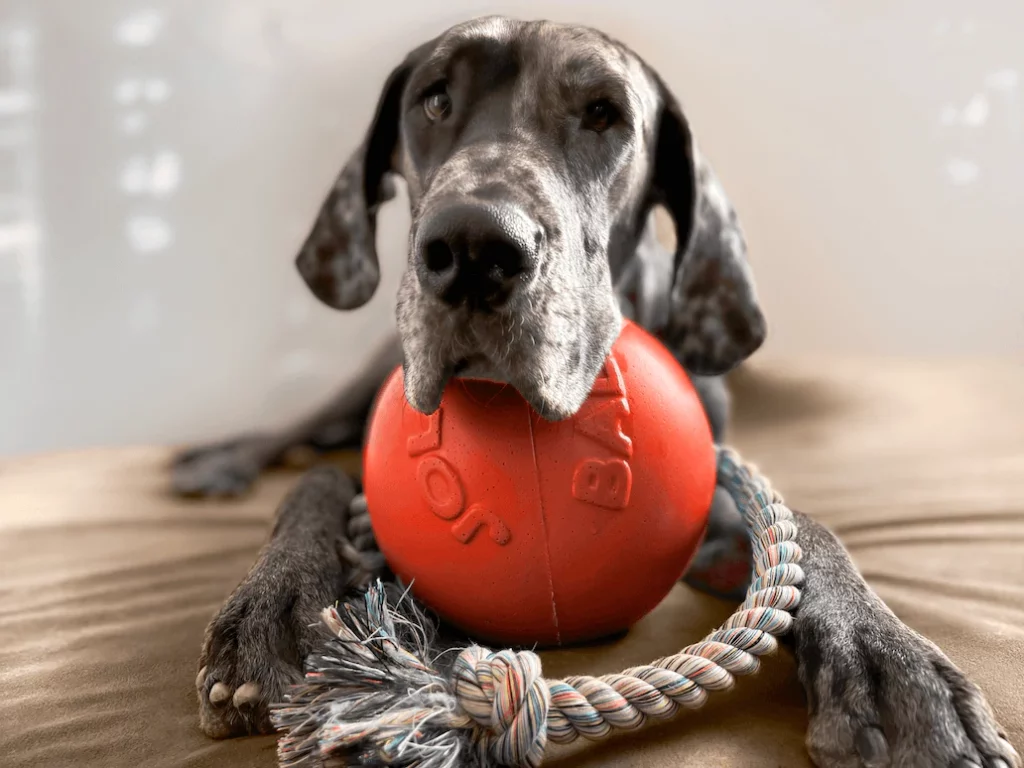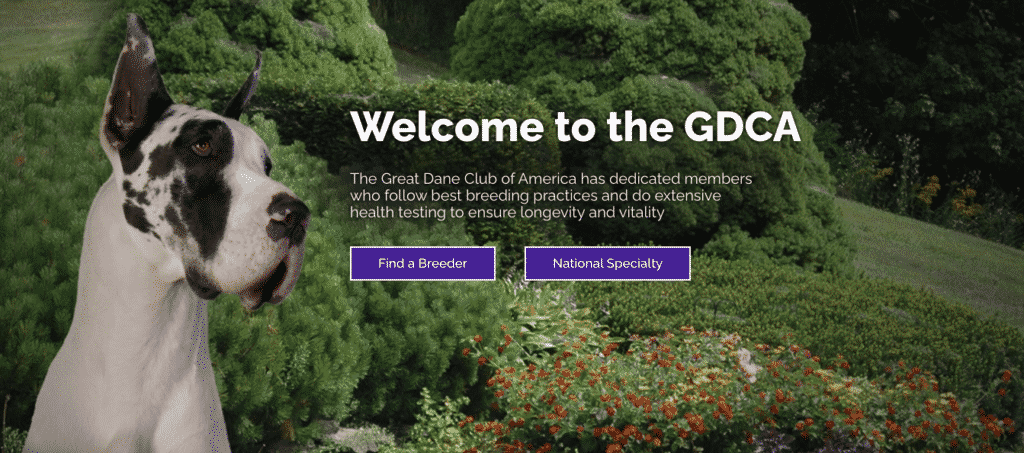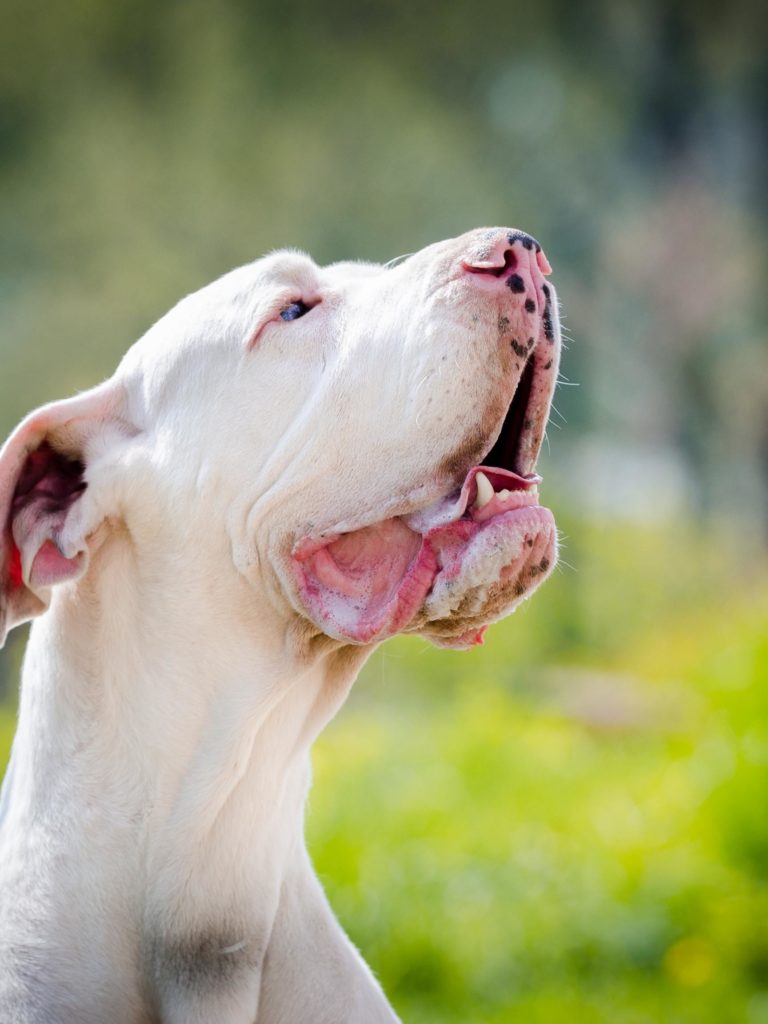Great Dane spots, colors, and stripes! The many colors of Great Danes are fascinating and can also teach us a lot about our gentle giant.
Do you know that the Great Dane comes in a variety of colors? In fact, they can have spots, stripes or both! Some people might think that all Great Dane breeds colors are black with white markings, but this is not the case. There are a variety of colors and patterns that make up the Great Dane breed. In this blog post, we will take a closer look at some of the different colors and markings that can be found on Great Danes.
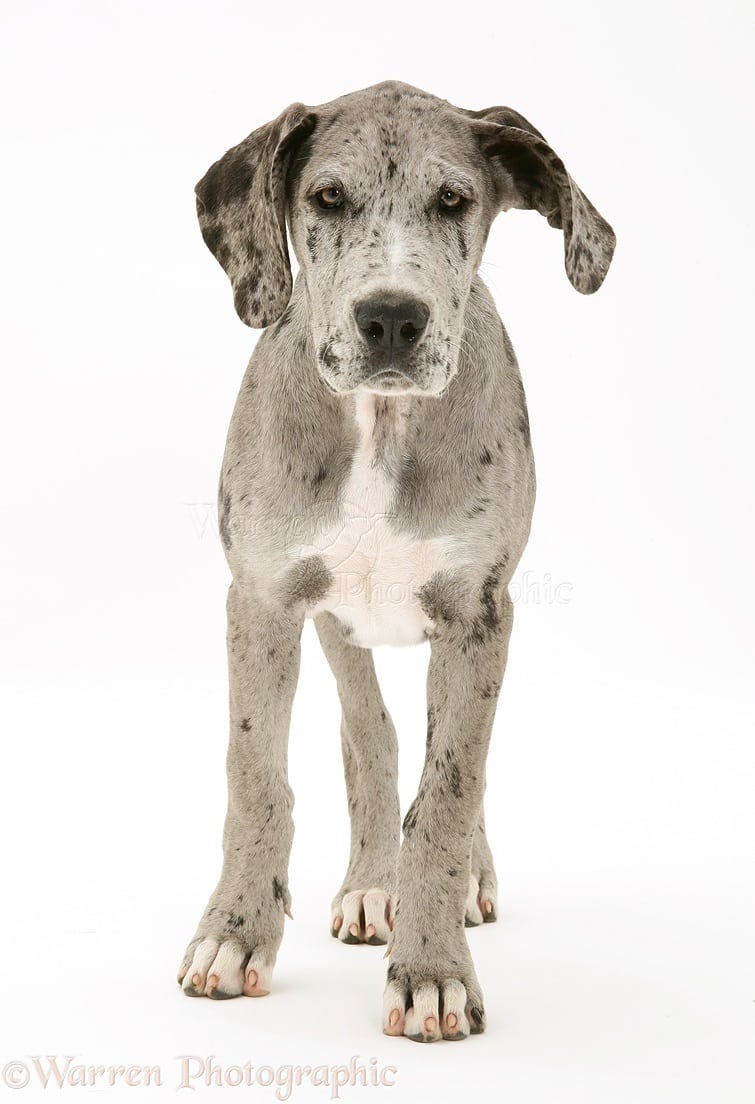
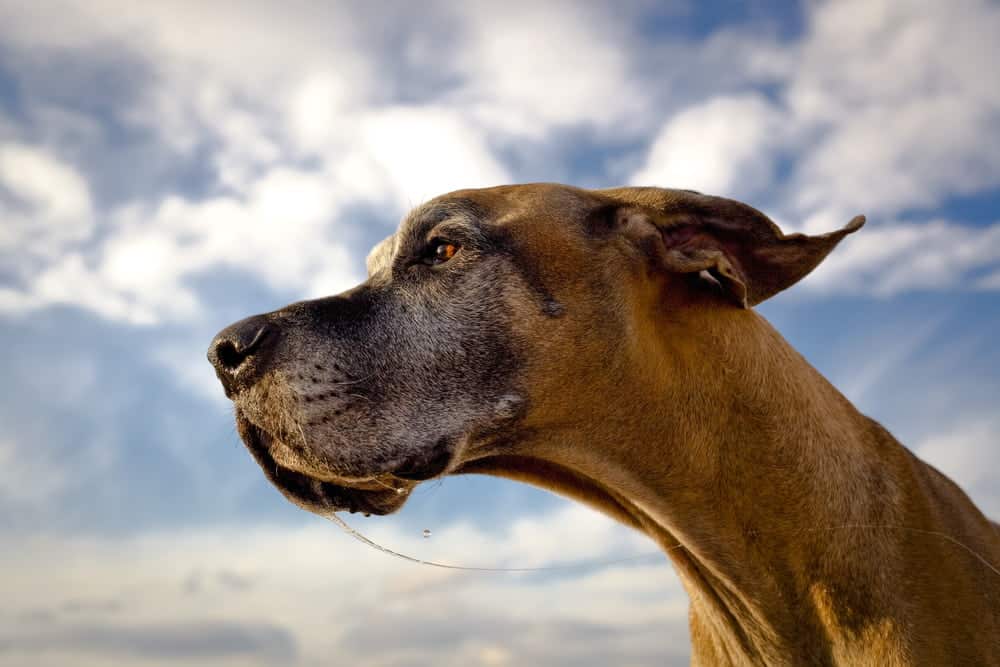
Great Dane Spots, Colors and Stripes
There are 7 official Great Dane colors.
The official, recognized colors of Great Dane, by the American Kennel Club are black, blue, brindle, fawn, harlequin, mantle and merle.
The Official Colours of Great Danes:
- Black Great Dane
- Blue Great Dane
- Brindle Great Dane
- Fawn Great Dane
- Harlequin Great Dane
- Mantle Great Dane
- Merle Great Dane
While there are only seven colors that are recognized by the AKC, there can be a variety of shades within each color. For example, a black Great Dane can have a blue tint to their coat or a brindle Great Dane can have a fawn base with brindle stripes.
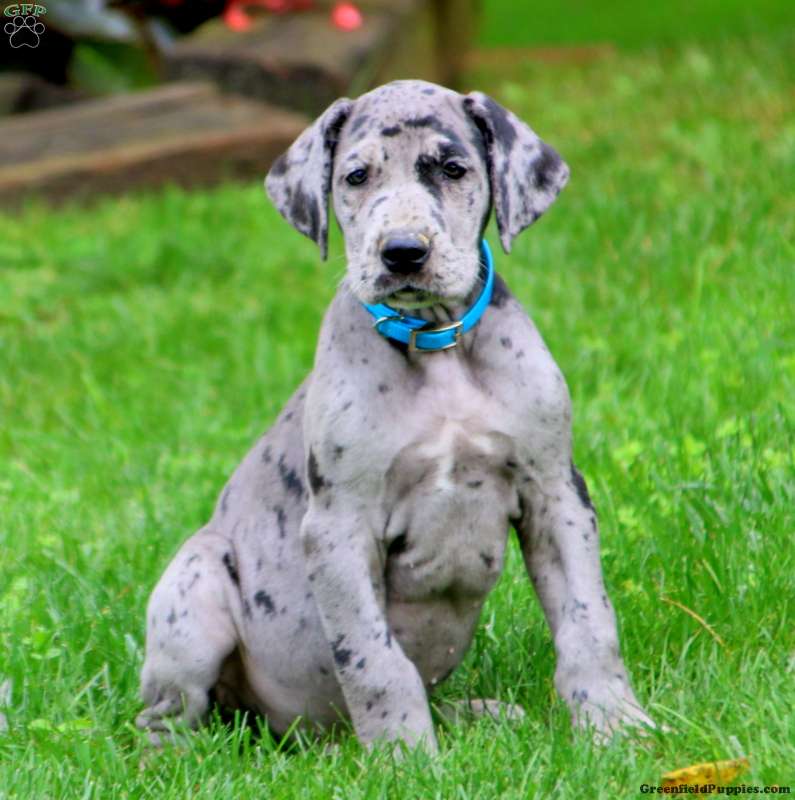
Do Great Danes have spots?
Some Great Danes have markings, but they are technically not spots. For example, a Great Dane with a black coat might have white markings. This Great Dane would be called a Harlequin Great Dane.
However, since they are patches and not ‘dots’, they are not technically ‘spotted’ dogs, like a Dalmatian.
Blue Great Danes
Blue Great Danes are not actually blue, they are a gray color. Their pure steel blue coat color is caused by a genetic mutation that dilutes the black pigment in their coat.
Some people think that they have ‘rare’ Grey Great Danes, but these are just variations of the Blue Great Dane.
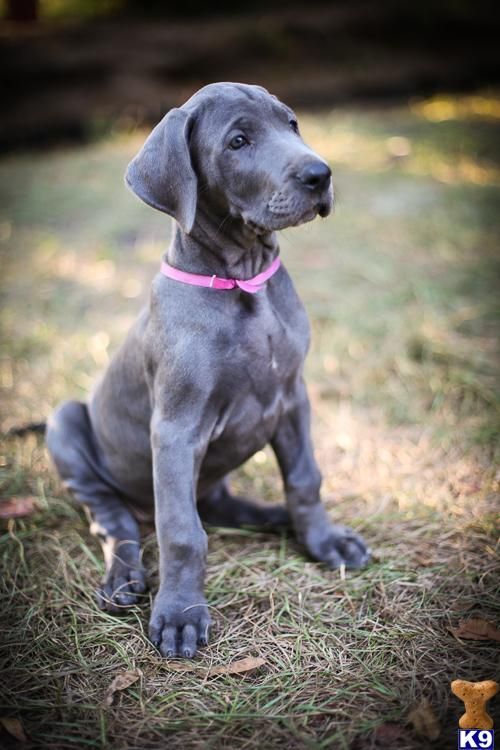
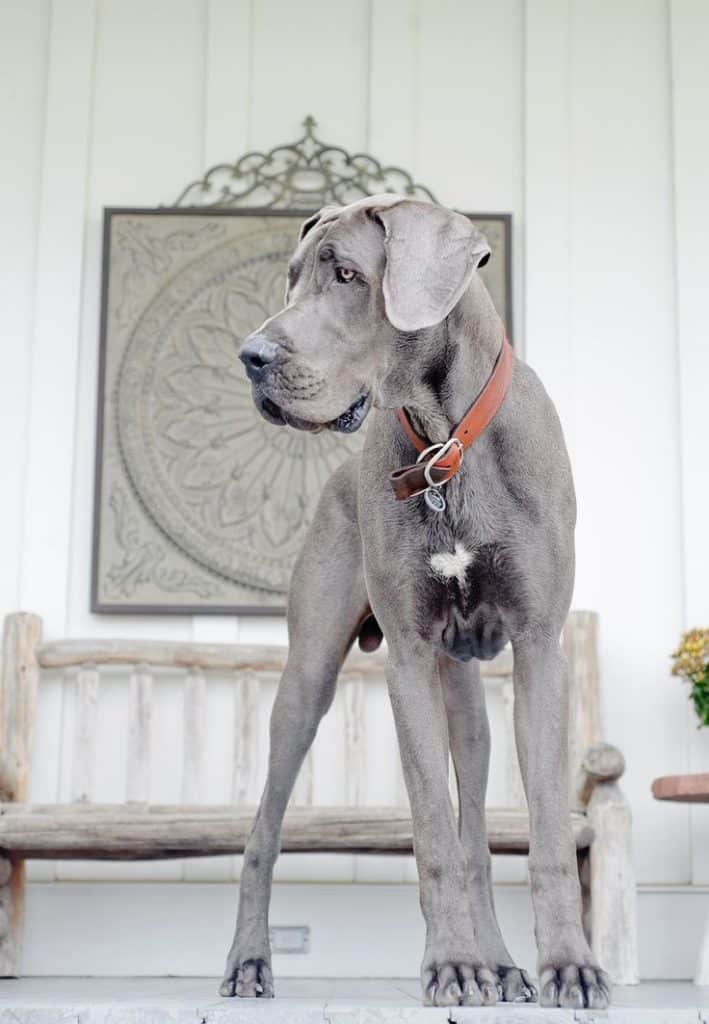
Some Blue Great Danes might be a darker blue, and some might be a lighter blue.
In order to produce a Blue Great Dane, both parents must carry the blue gene.
Brindle Great Danes
A brindle Great Dane is a coat color that can range from a light gold to a deep red, with black stripes running throughout.
Their ‘striped’ coat color is made up of a chevron pattern and can appear to be somewhat of a yellow-gold coat. This yellow-gold can vary in color, depending on the Dane.
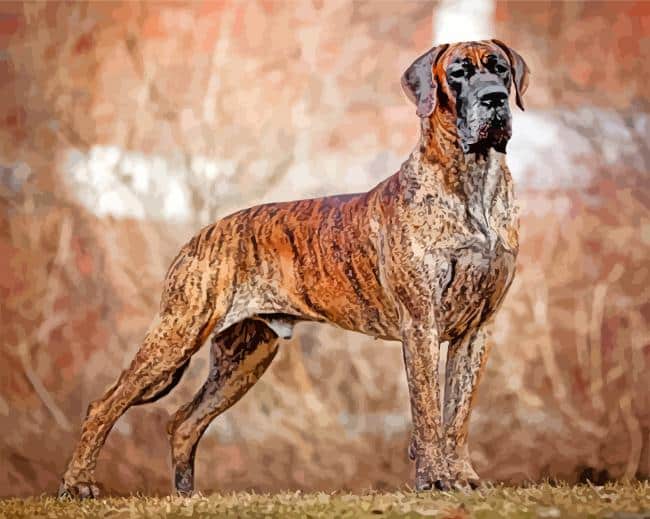

The brindle coat color is a very popular color for Great Danes as many people favor the strong black cross stripes.
To produce a brindle Great Dane, both parents must carry the brindle gene.
Brindle Great Danes chevron pattern on their coat that can range from light to dark colors. The stripes can be any color, but are usually black.
If you have a Brindle Great Dane, get ready for the ‘tiger’ AND the ‘horse’ comments!
Fawn Great Danes
A fawn Great Dane is a coat color that can range from a light gold to a deep red.
Fawn Great Danes are most popularized due to ‘Scooby Doo’.
Most Fawn Great Danes have somewhat ‘golden brown fur’.
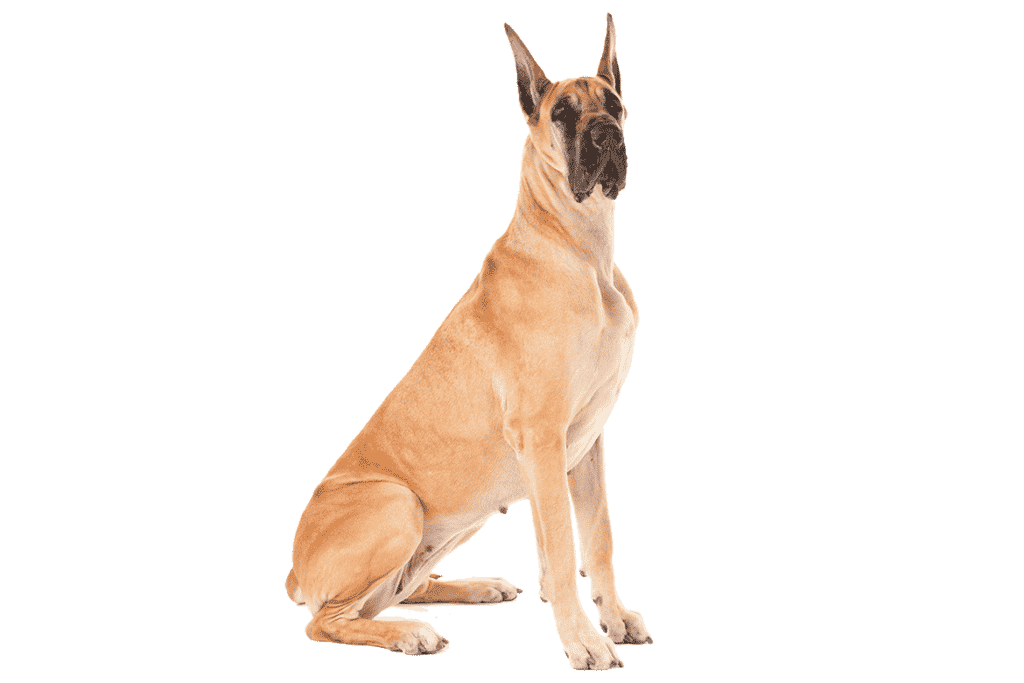
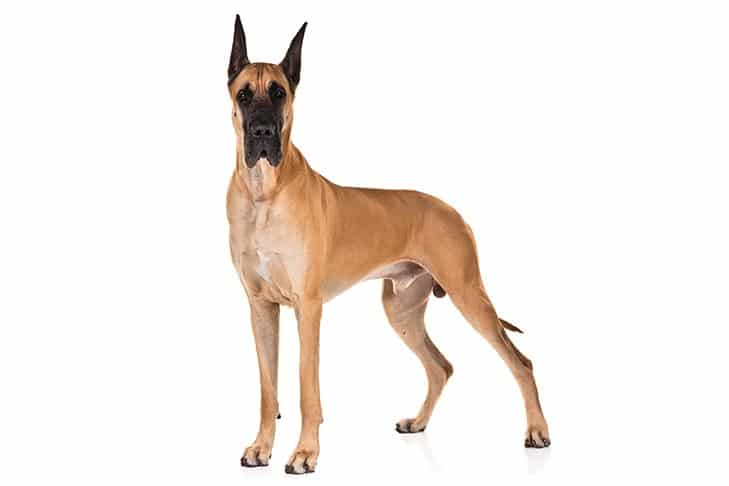
If you are looking into different Great Dane colors, a Fawn Great Dane is very original and timeless.
The Fawn Great Dane will have either a blue mask or a black mask. This will make the Great Dane either a ‘Blue Fawn’ or a ‘Fawn’.
Only traditional Fawns with black masks are accepted into the AKC and Great Dane Club.
Fawn Colored Harlequins
Some breeders have began producing off colors of coat colors. A fawn colored Harlequin is not a breed standard Great Dane.
Read more about off color Great Danes.

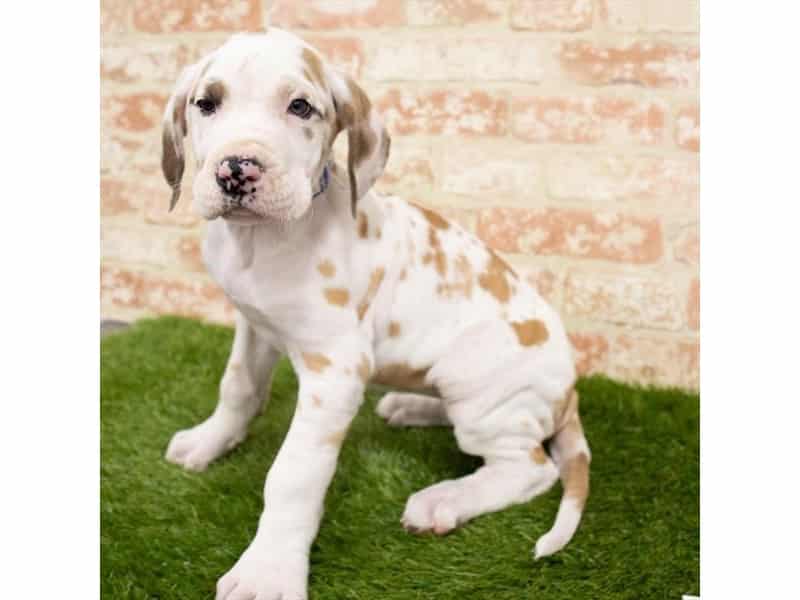
Although it seems like these coat colors are fun with Great Danes, the variations can begin to hurt the breed and cause health issues down the line.
Work with a reputable breeder to bring home a Great Dane puppy that not only has pretty coat colors, but will be healthy for a long time to come.
Pet quality Great Danes are being produced more and more and although we support ALL Great Danes getting into loving homes, we support ethical breeders who produce Great Danes that are going to better the breed and help families live long lives with their new Great Dane puppy.
Harlequin Great Danes
A Harlequin Great Dane is a white coat with black patches. They might have more white or more black on their coat, but they will always have patches of both colors.

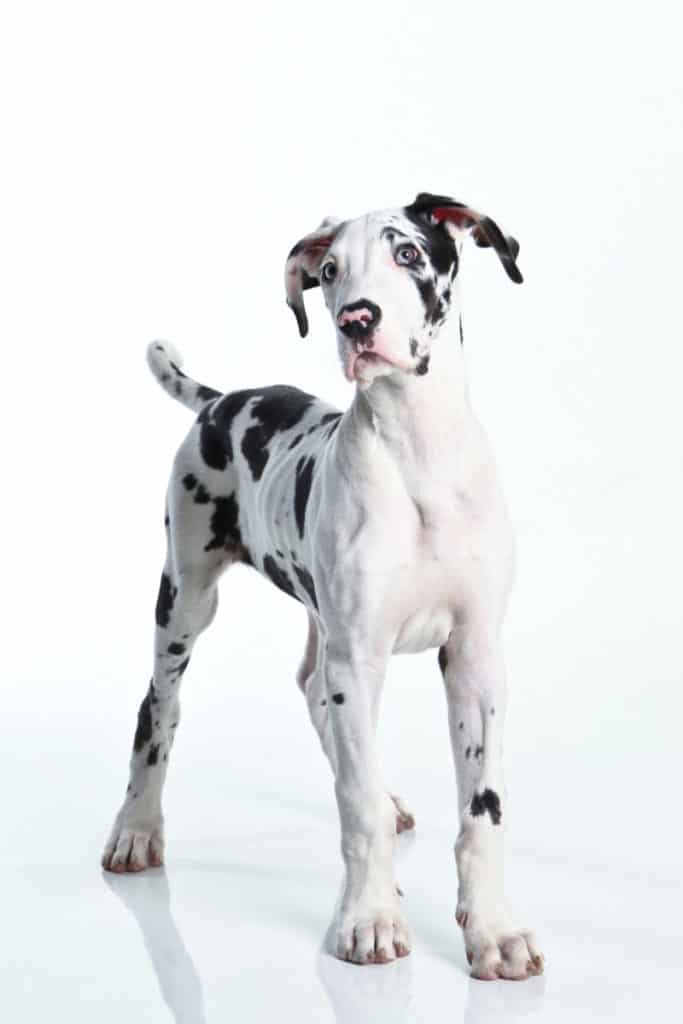
Harlequin Great Danes have a white coat with black patches- not the other way around.
If your Harlequin seems to have more black markings on it’s white coat, it is called ‘blanketed’. These black patches can vary in size, but Harlequins do not have white markings, as their primary color is a white coat.
As long as your Harlequin has one black patch, it is still a Harlequin, and not a Mantle etc.
A Harlequin Great Dane can also have merle coat colors mixed in- as Harlequin’s all carry for Merle and vice versa. So, it is not uncommon to find some ‘gray’ patches on a Harlequin white coat. Some areas may even make them look like a speckled Great Dane.
The tail tip of a Harlequin Great Dane can vary in color as every Harlequin Great Dane markings are unique and different.
Mantle Great Danes
A Mantle Great Dane has a black coat with a black blanket extending over its body.
The head of a Mantle Great Dane should be black with a white muzzle. Their neck should be either fully or partially white. The dog’s body should have white on either the full leg or partially on the leg. The dog’s tail tip should be white.
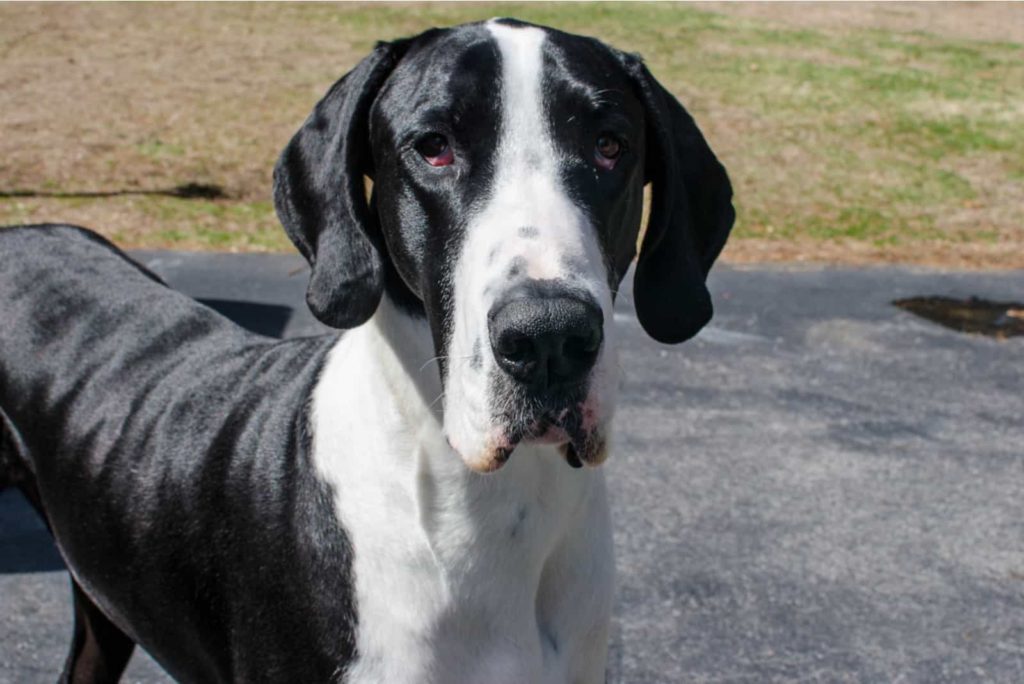
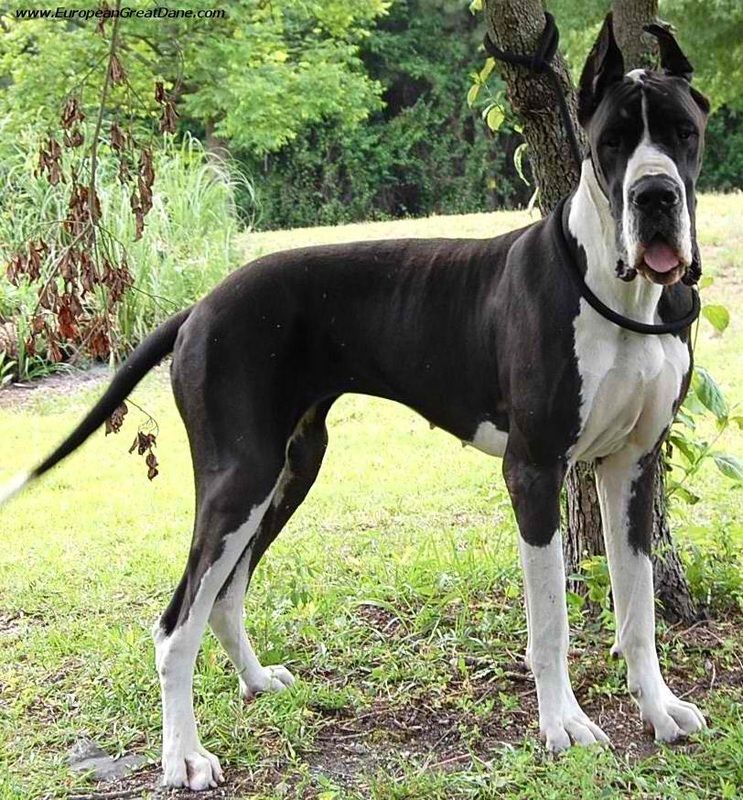
A small white break in the black blanket is okay, but not desirable according to dog shows and the dog should have limited white markings otherwise. Black skin can be seen through the white coat.
Mantle Great Danes are also produced in ‘Mantle Merle’, which is when the black markings and black mask are merle instead of black. This Great Dane coat color would be known as a ‘Merle Mantle Great Dane’, and is accepted into dog shows and in the American Kennel Club / Great Dane club.
Merle Great Danes
A Merle Great Dane is a coat color that can range from a light blue to a deep purple.
Great Danes with a Merle coat color will look similar to a Blue Great Dane, but will have Merle patches.
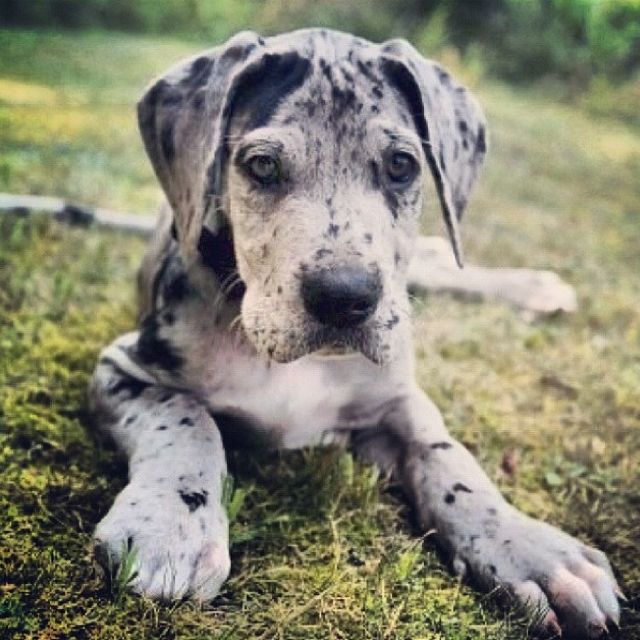
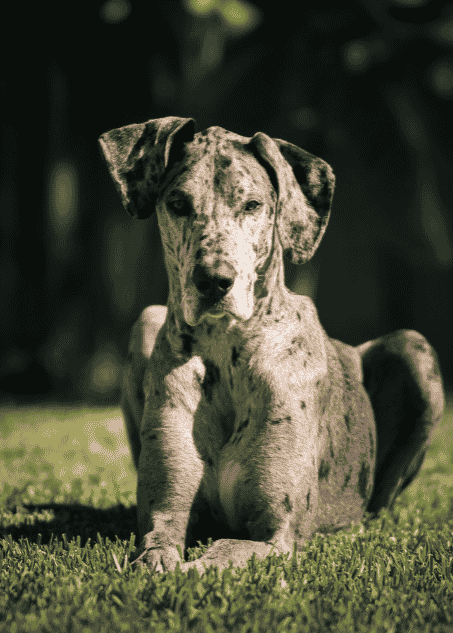
A Great Dane’s coat who is Merle is often looked at as ‘spotted’, when really the merle areas are patches.
What is a Blue Merle Great Dane Coat Color?
Many people are told that they are being sold Blue Merle Great Danes.
Blue Merle Great Dane puppies are not much different than standard Merle Great Danes.
Both Blue and Standard carry the merle gene. However, the only difference is that a Blue will also carry for the blue gene.
In terms of how they look, their coat colors are very much the same, with the difference of the paw pads and nose of the blue-merle having a bluer tint.
Black Great Danes
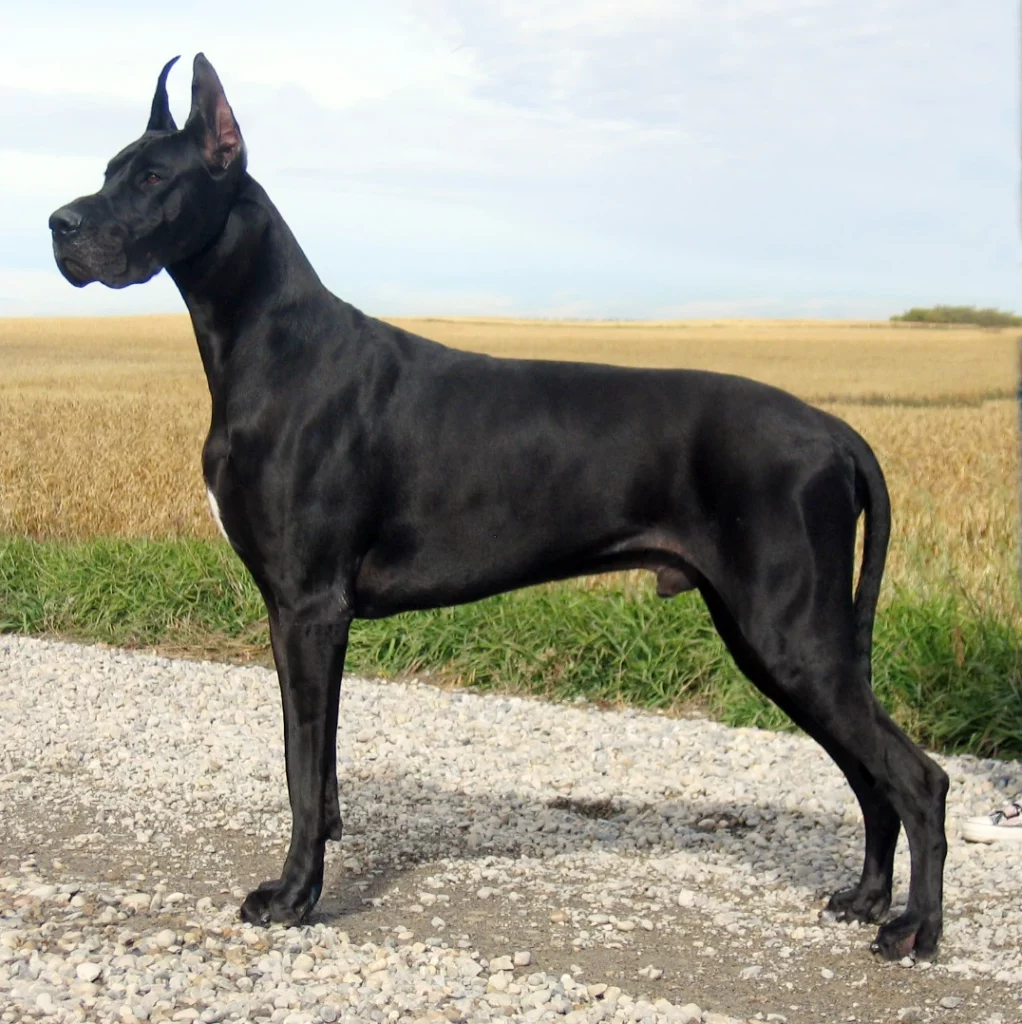
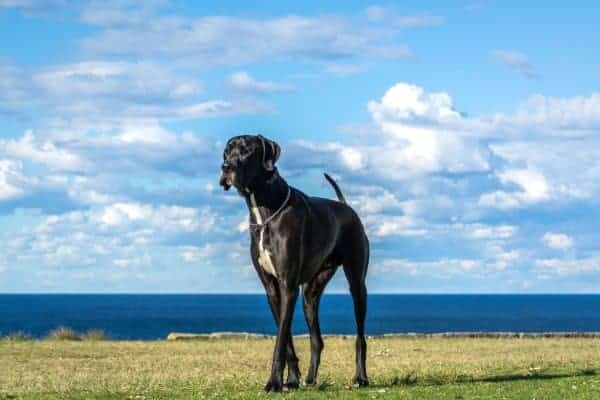
Black Great Danes are a beautiful part of the Great Dane breed. Their black coat and black mask make them look like Black Velvet.
Breed standard for Black Great Dane puppies suggest that they should have an entirely black coat, with little to no white markings.
Pure black Great Danes are very hard to come by. Typically, somewhere on their black coat you will find either a white muzzle, white markings or white chest. These white markings can also be found on the toes of black Great Dane puppies.
Double Merle Great Danes
Double Merle puppies are the result of bad breeding. Double Merle happens when breeders produce puppies with parents that both carry the merle gene.

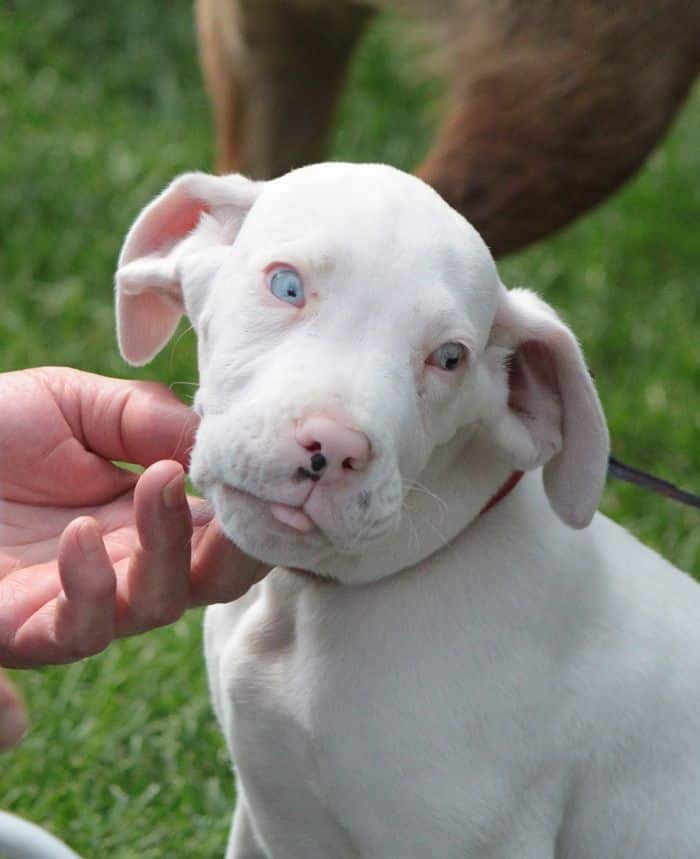
When two dogs, both with spots, are bred, they can produce Double Merle puppies.
This produces white Danes, and usually they are pure white. They are also known as Albino Great Danes.
The problem with pure white Great Danes is the health problems that are associated with them.
Double Merle Great Danes have health problems far beyond their coat color: blindness, deafness, sensory issues, heart issues, and more.
What NOT to Breed:
- Two Harlequin Great Danes
- Two Merle Great Danes
- One Harlequin and One Great Dane
- Any dog that has not been health tested for what coat colors they carry
It is important that all dogs are health tested before being bred, as any seemingly healthy Great Dane can carry for merle or harlequin coat and produce Double Merles. Great Dane colors matter- and it is not just about what you can see on the outside.
Are Chocolate Great Danes Real?
Unfortunately, many breeders are breeding Great Danes without doing ethical health tests or checking the Great Dane coat colors.
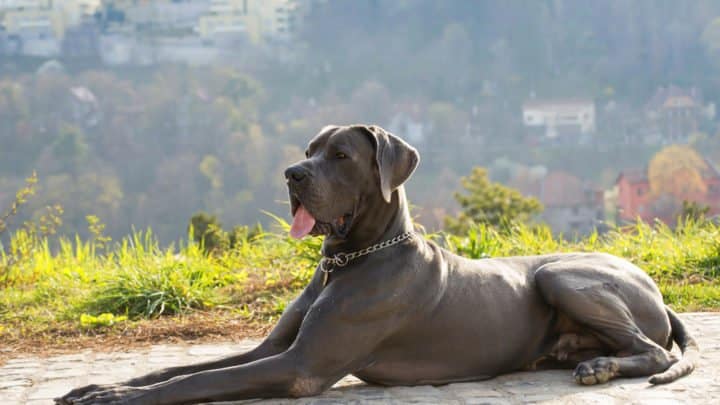

Producing a Great Dane puppy that is ‘chocolate’ is going to cause more problems than you can imagine.
The main problem is that Chocolate Great Danes are not real. There is no such thing as a Chocolate Great Dane- they do not exist.
What many people believe to be a Chocolate Great Dane, is really an offbred Great Dane.
Chocolate is not a color that appears in the Great Dane colors, nor is it recognized.
Do your due diligence before bringing home a Great Dane puppy. Great Dane colors matter for both looks and health. A full grown chocolate Great Dane may have many health complications.
Read more:
What Does Euro Mean in Great Danes?
Top 5 Adorable Facts About Great Danes
Miniature Great Danes: The ‘Pocket’ Version of a Great Dane
What Kind of Dog is Scooby Doo? The Many Mysteries of Scooby’s Thrilling Breed

